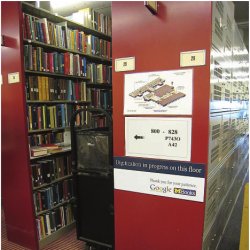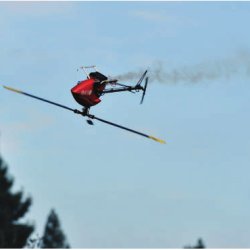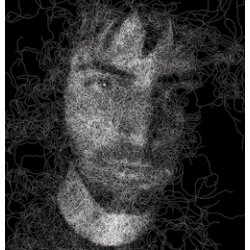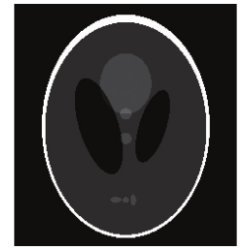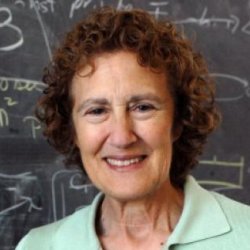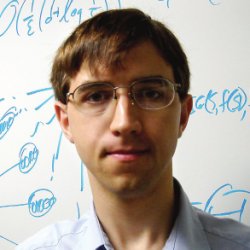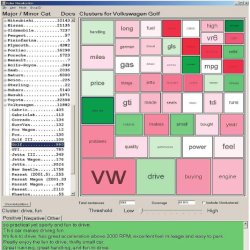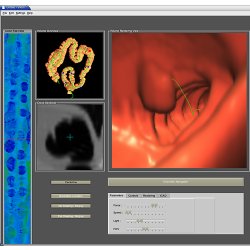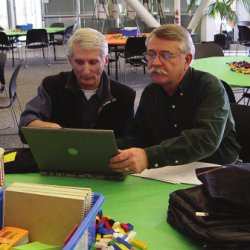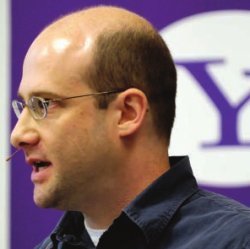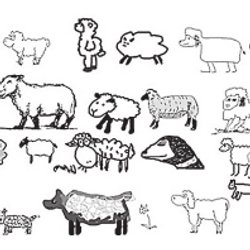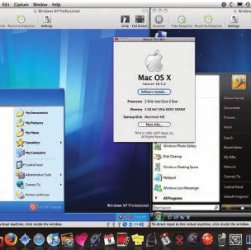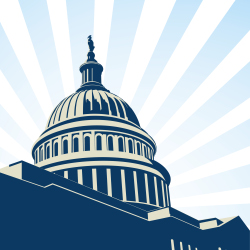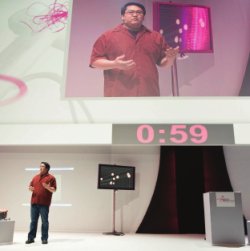Don Monroe
Medical researchers have long dreamed of "magic bullets" that go directly where they are needed. Now micromedicine and nanotechnology are making a range of molecules formerly inaccessible as drugs available to be delivered at the right place and time to affect specific actions.
Entertainment businesses say digital rights management prevents the theft of their products, but access control technologies have been a uniform failure when it comes to preventing piracy. Fortunately, change is on the way.
Researchers are improving unmanned helicopters' capabilities to address regulatory requirements and commercial uses.
CRA's Computing Community Consortium hosted a day-long symposium to discuss the important computing advances of the last several decades and how to sustain that track record of innovation.
The data trail we generate through our everyday activity can be reassembled into a detailed account of our past, present, and possibly even future. Where and under what circumstances can we "reasonably" expect privacy online?
Compressed sensing, which draws on information theory, probability theory, and other fields, has generated a great deal of excitement with its nontraditional approach to signal processing.
The rapidly changing advertisements that appear on Web pages are often chosen by sophisticated algorithms that seek to place the best ad in the best context before the right customer.
In a world that's increasingly global and interconnected, international education is growing, changing, and evolving. More than 1.5 million students a year study at schools outside their country's borders, and the nature and types of available programs are expanding, ranging from short-term programs of eight weeks or less to master's programs with a full term abroad.
MIT's Barbara Liskov is the 55th person, and the second woman, to win the ACM A.M. Turing Award.
Tech Mainstays Promote Machines That Fix Themselves
Technology companies are embracing self-healing technology, a computing strategy that could have a major impact on the data center and the desktop. IBM uses self-healing technologies in WebSphere, DB2, the Lotus Foundations product line, and its Power servers. And Sun Microsystems has designed predictive self-healing modules that enable Solaris to self-diagnose and mitigate problems.
Learning More About Active Learning
Active learning algorithms are producing substantial savings in label complexity over passive learning approaches.
With sentiment analysis algorithms, companies can identify and assess the wide variety of opinions found online and create computational models of human opinion.
Doctors are saving lives with virtual, 3D exams that are less invasive than a conventional optical colonoscopy.
A diverse, international group of more than 200 attendees met at the Rebooting Computing Summit to address the problems confronting computer science.
Experts warn the U.S. may soon relinquish its leadership role in IT research and development.
Advanced computational models are enabling researchers to create increasingly sophisticated prediction markets.
Researchers are turning to computers to help us take advantage of our own cognitive abilities and of the wisdom of crowds.
The Evolution of Virtualization
Virtualization is moving out of the data center and making inroads with mobile computing, security, and software delivery.
A Difficult, Unforgettable Idea
On the 40th anniversary of Douglas C. Engelbart's "The Mother of All Demos," computer scientists discuss the event's influence — and imagine what could have been.
Digital rights management (DRM) has emerged as a widespread tool to combat piracy. So far, however, DRM systems have proved highly inconvenient to consumers who wish to view or listen to content on multiple devices, including computers, media servers, set-top boxes, portable video and audio devices, even phones. They have also proved mostly ineffective in thwarting thieves.
ACM members have a professional duty to ensure that the public comprehends and benefits from advances in computing.
Researchers working in computational photography are using computer vision, computer graphics, and applied optics to bring a vast array of new capabilities to digital cameras.
Researchers are recognizing the potential of position sensors to help them overcome the limitations of traditional user interfaces.
Shape the Future of Computing
ACM encourages its members to take a direct hand in shaping the future of the association. There are more ways than ever to get involved.
Get InvolvedCommunications of the ACM (CACM) is now a fully Open Access publication.
By opening CACM to the world, we hope to increase engagement among the broader computer science community and encourage non-members to discover the rich resources ACM has to offer.
Learn More
